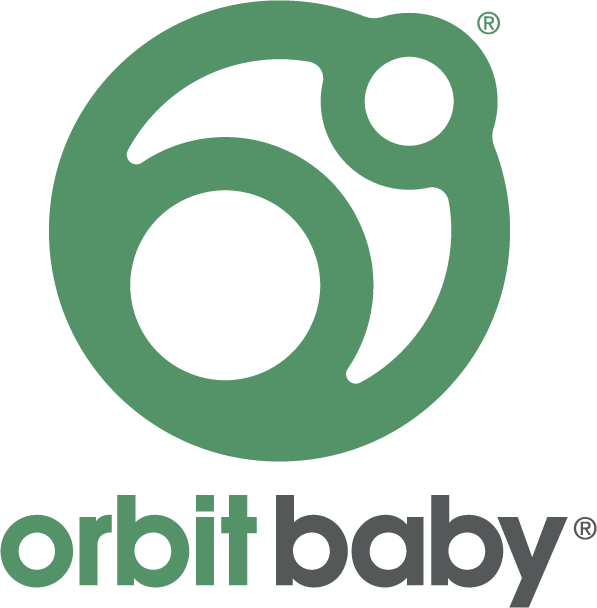Running Postpartum: 4 Essential Tips & Reminders

Advice and reflections for your maiden voyage
By: Cassie Shortsleeve
For mothers who are runners, the run stroller is a wanted item, a top registry pick, a pipe dream. (It’s easy to see: the baby nearing six months, the itch to return to the road beneath you, sharing a sport you love with a child you love.)
But in between a pretty picture in your mind and the birth of a baby, there’s a lot of gray: a lack of guidance around postpartum exercise and a big dose of reality.
A return to running looks different for everyone. But when I talk to moms yearning to get back on the road in those early and sleep-deprived days, they often tell me some variation of this: Everything feels different.
And they are right. Motherhood alters everything about you, from the DNA in your cells to your ritual of a morning run.
I still remember setting out for my first jog with my run stroller. It was a cold, dreary day in January and I was about six months postpartum with my first. I had high hopes.
We made it one mile.
Running postpartum is many things but I think mainly, it’s humbling. But the maiden voyage is just the start — the very beginning of a new and fleeting season of running.
If your first stroller run is on the horizon, allow your body, as well as this research and advice from experts and mothers, to guide your way.
Adjust your timeline
In March 2019, researchers in the U.K. released the first guidelines — evidence-based recommendations — for a return to running postpartum. The guidelines, published in the BMJ, recommend waiting until at least 12 weeks before returning to running. The group also suggests a slow build-up to the sport — walking, pelvic contractions (doing a Kegel and fully relaxing), squats, jumping on one leg, deadlifts, and more first.
In those first 12 weeks, pelvic floor rehabilitation and retraining with specially-trained physical therapists called pelvic floor physical therapists can be a key part of a safe return to running. specially-trained physical therapists called pelvic floor physical therapists can help. (You can find a pelvic floor physical therapist at pelvicrehab.com.) Symptoms such as leaking (urine or feces), a heavy feeling in your vagina or rectum, “coning” between your abdominal muscles when you sit up, or pain in your pubis symphysis (a joint in the middle of your pelvis), SI joint, or tailbone are all potential signs of pelvic floor dysfunction, and signs that pelvic floor physical therapy could be beneficial.
When it comes to using a run stroller, specifically, you want to ensure your baby has full head control (around 6 months). You also want to feel ready yourself — mentally and physically. Remember: Despite any kind of recommendation, the best timeline is the one that works best for you.

Invest in some gear
Pregnancy, birth, and motherhood change many aspects of your body, including your feet — often they grow (sometimes a size or more) and flatten out — and your breasts, especially if you’re breastfeeding.
A run stroller is often a desired accessory among moms who run, but good sneakers and a good supportive sports bra are absolute must-haves, too.
Master the art
Running with a stroller feels hard because it is hard — and you don’t need to overdo it to get a good workout.
One study in the Journal of Sports Medicine and Physical Fitness found that stroller running was linked with a higher heart rate and a higher perceived level of exertion.
Other research suggests that you can run below your regular pace with a stroller and burn the same amount of calories as you would running at your go-to pace without the accessory.
To protect your stride and avoid injury, alternate which arm pushes the stroller. “Pushing a stroller can cause us to stiffen one side, causing early fatigue or injury if done repetitively and regularly. Alternating arms allows your rib cage and trunk to rotate back and forth with your stride versus remaining stiff moving forward,” says Sam DuFlo, PT, DPT, a physiotherapist, running coach, and the founder of Indigo Physio.
For an added challenge, consider taking the stroller uphill. “Running uphill with a stroller improves glute strength, calf strength, and the gait mechanics of running with a stroller,” says DuFlo.

Start anew
Whether it’s running without your watch, dropping time goals, starting fresh with what “normal” looks and feels, or building new rituals like running with your stroller to your local coffee shop, find ways to honor the experience of running with a stroller.
See where stroller running takes you. Can you make more of an effort to notice your surroundings? Can you set new goals that have nothing to do with time?
After all, at its core, running with a stroller is a short and shared experience — a way, for just a few years, to connect with yourself and reconnect with a sport you love in a new way, taking your child along for the ride.









